Can Glass Filter Uv Light?
Can Glass Filter UV Light? A Comprehensive Analysis
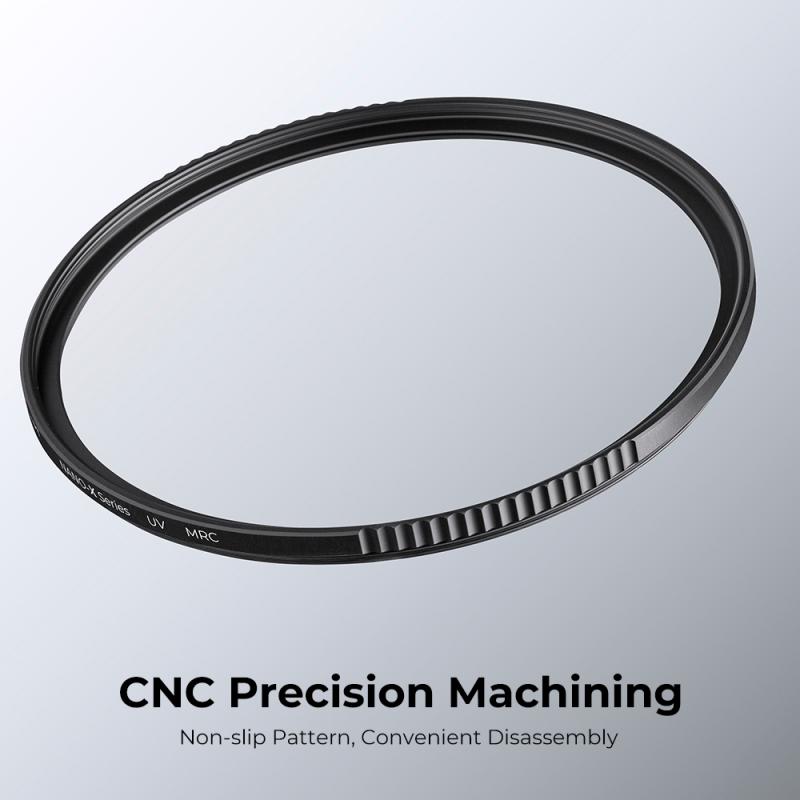
UV (ultraviolet) radiation is a part of the electromagnetic spectrum, with wavelengths shorter than visible light but longer than X-rays. It is divided into three primary categories: UVA (315–400 nm), UVB (280–315 nm), and UVC (100–280 nm). While sunlight is the most common source of UV radiation, understanding how different materials, like glass, interact with UV light is crucial for applications in health, safety, and design.
Types of Glass and UV Protection

Not all glass is created equal when it comes to blocking UV light. The UV-filtering capability of glass varies based on its type, thickness, and any coatings or treatments applied. Below are the main types of glass and their UV-filtering characteristics:
1. Standard Soda-Lime Glass
- UVB and UVC Protection: Standard glass blocks nearly all UVB and UVC radiation, providing a natural barrier against these high-energy rays.
- UVA Penetration: However, it allows significant penetration of UVA radiation, typically blocking only about 25% of UVA. This means prolonged exposure through standard glass could still result in skin damage and fading of materials.
2. Tempered Glass
- Tempered glass, often used in windows, car windshields, and doors, offers similar UV-filtering properties to standard glass. It blocks most UVB and UVC but provides limited UVA protection.
3. Laminated Glass
- Enhanced UV Protection: Laminated glass, constructed by bonding two sheets of glass with an interlayer (usually polyvinyl butyral or PVB), offers superior UV protection. It can block up to 99% of UV radiation, including UVA. This makes it ideal for applications like automotive windshields, where protecting passengers and interiors is essential.
4. Low-E (Low Emissivity) Glass
- Low-E glass has special coatings designed to reflect infrared radiation while allowing visible light to pass through. Some variants also enhance UV-blocking capabilities, making it a preferred choice for energy-efficient buildings.
5. Quartz Glass
- Quartz glass allows nearly all UV radiation to pass through, including UVC. This property makes it useful for applications like UV sterilization but unsuitable for protection against UV exposure.
6. Tinted Glass
- Certain tints, especially those designed for UV reduction, can block a significant portion of UVA and UVB radiation. The effectiveness depends on the type of tint and its application.
UV Radiation and Health Implications
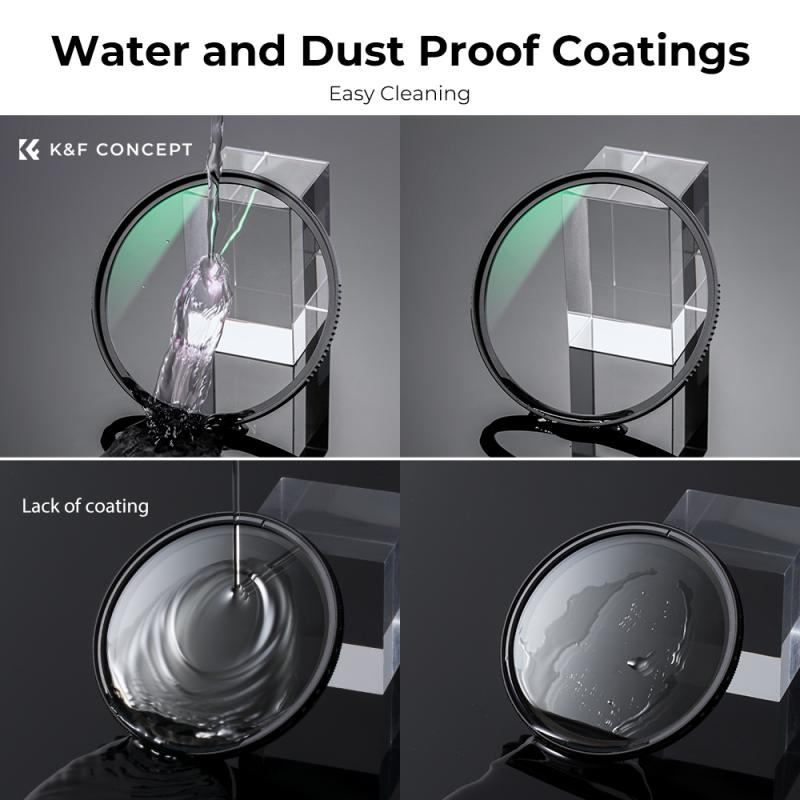
Understanding the interaction of UV light and glass is not merely academic; it has real-world implications for health and safety:
1. Skin Protection
UVA radiation penetrates deeper into the skin, leading to premature aging, DNA damage, and an increased risk of skin cancer. While glass blocks UVB (which causes sunburn), the penetration of UVA through untreated glass can still pose health risks, especially for individuals with extended exposure near windows.
2. Eye Health
Prolonged UV exposure can harm the eyes, contributing to cataracts, macular degeneration, and photokeratitis. Using glass that blocks UV radiation in eyewear, windows, or car windshields can significantly reduce these risks.
3. Material Degradation
UV radiation causes fading and degradation in fabrics, artworks, plastics, and other materials. Using UV-blocking glass helps protect interior furnishings and valuables from damage over time.
Practical Applications of UV-Blocking Glass
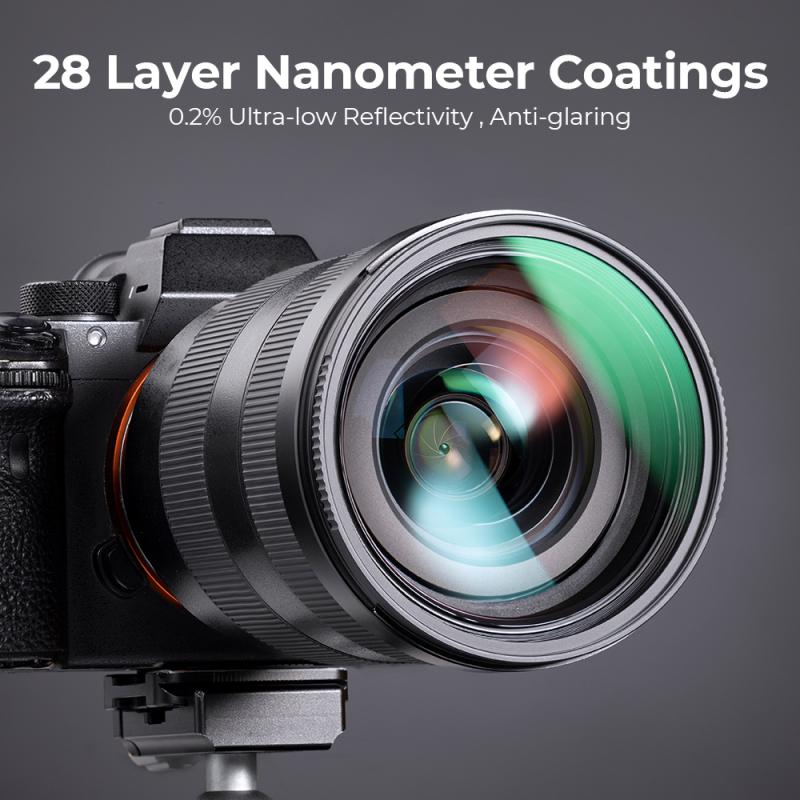
1. Architecture and Interiors
- Homes and office buildings increasingly use UV-blocking glass to protect occupants and reduce material wear. Laminated or Low-E glass is commonly installed in windows, skylights, and facades to achieve these goals.
2. Automobiles
- Automotive windshields are typically made from laminated glass with high UV-blocking properties. However, side and rear windows often have less effective UV protection unless tinted or treated.
3. Eyewear
- Prescription glasses, sunglasses, and safety goggles often incorporate UV-blocking coatings. These coatings are essential for individuals spending extended periods outdoors or working in UV-rich environments.
4. Display Cases and Museums
- UV-blocking glass is used in display cases and museum exhibits to preserve artifacts, artwork, and documents, preventing deterioration caused by UV exposure.
Enhancing UV Protection
For applications requiring additional UV protection, several options are available:
1. UV-Blocking Films
- Thin adhesive films can be applied to existing glass surfaces to enhance UV blocking. These films are cost-effective and widely used in residential and commercial settings.
2. Special Coatings
- Advanced coatings applied during glass manufacturing can significantly improve UV filtration while maintaining transparency.
3. Custom Glass Solutions
- For specialized needs, custom glass types, such as double-glazed units with UV-blocking interlayers, can be manufactured to provide optimal protection.
Limitations and Considerations
While glass offers varying levels of UV protection, it is not a universal shield against UV radiation. Here are a few considerations:
1. Angle of Incidence
UV penetration through glass can vary depending on the angle of sunlight. Direct sunlight through untreated glass results in greater UVA exposure compared to indirect light.
2. Thickness
Thicker glass tends to provide slightly better UV blocking, though the effect is often minimal compared to other factors like coatings and treatments.
3. Aging of Materials
Coatings and films can degrade over time, reducing their effectiveness. Regular maintenance and replacement may be required to ensure consistent UV protection.
Glass plays a critical role in filtering UV radiation, but its effectiveness depends heavily on the type of glass and the treatments or coatings applied. Standard glass offers basic protection against UVB and UVC radiation but falls short for UVA, which has profound implications for health and material preservation.
For optimal UV protection, laminated or coated glass should be prioritized, especially in environments where prolonged exposure to sunlight occurs. Whether in homes, cars, or offices, investing in UV-blocking glass is a practical step toward safeguarding health and preserving materials.
By understanding the capabilities and limitations of different types of glass, consumers and professionals can make informed decisions tailored to specific needs. Whether it’s choosing the right windows for a new building or applying films to existing glass, addressing UV protection proactively helps mitigate risks and enhances comfort and safety in daily life.




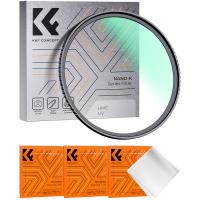






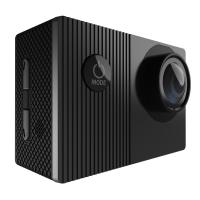
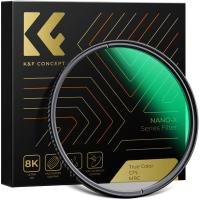


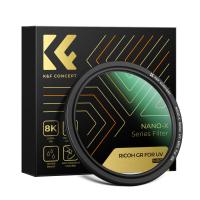



















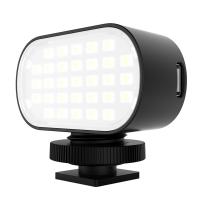

There are no comments for this blog.